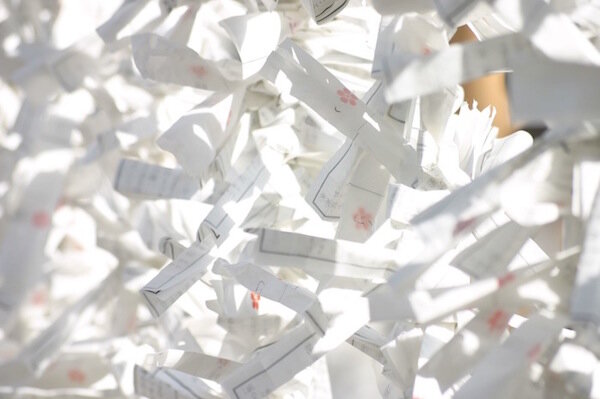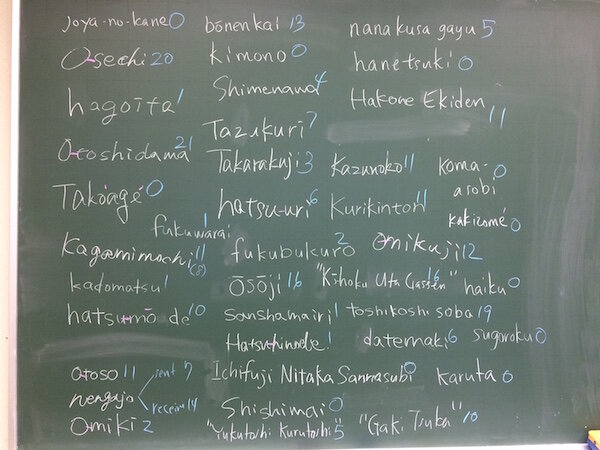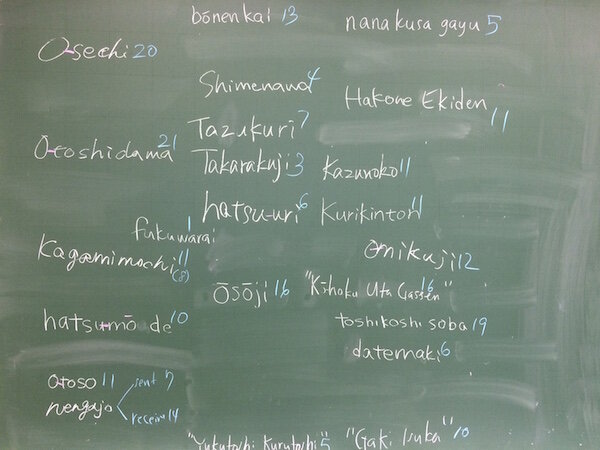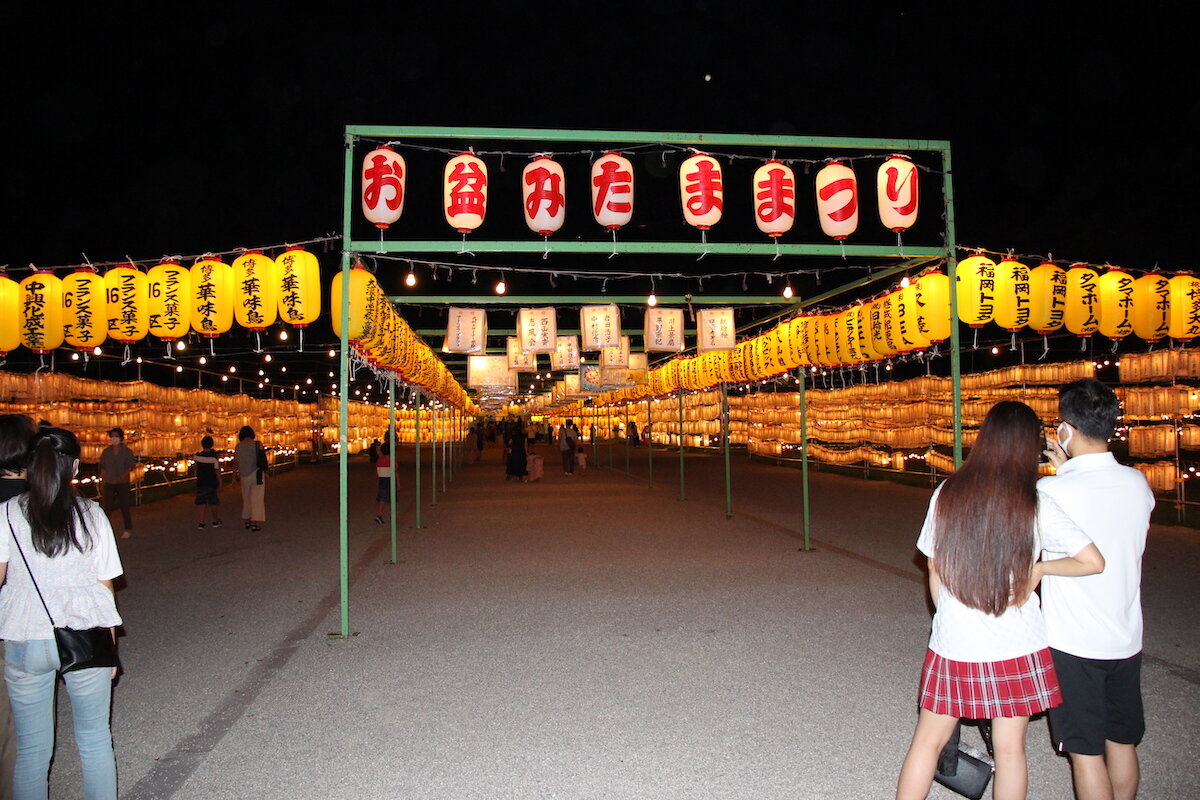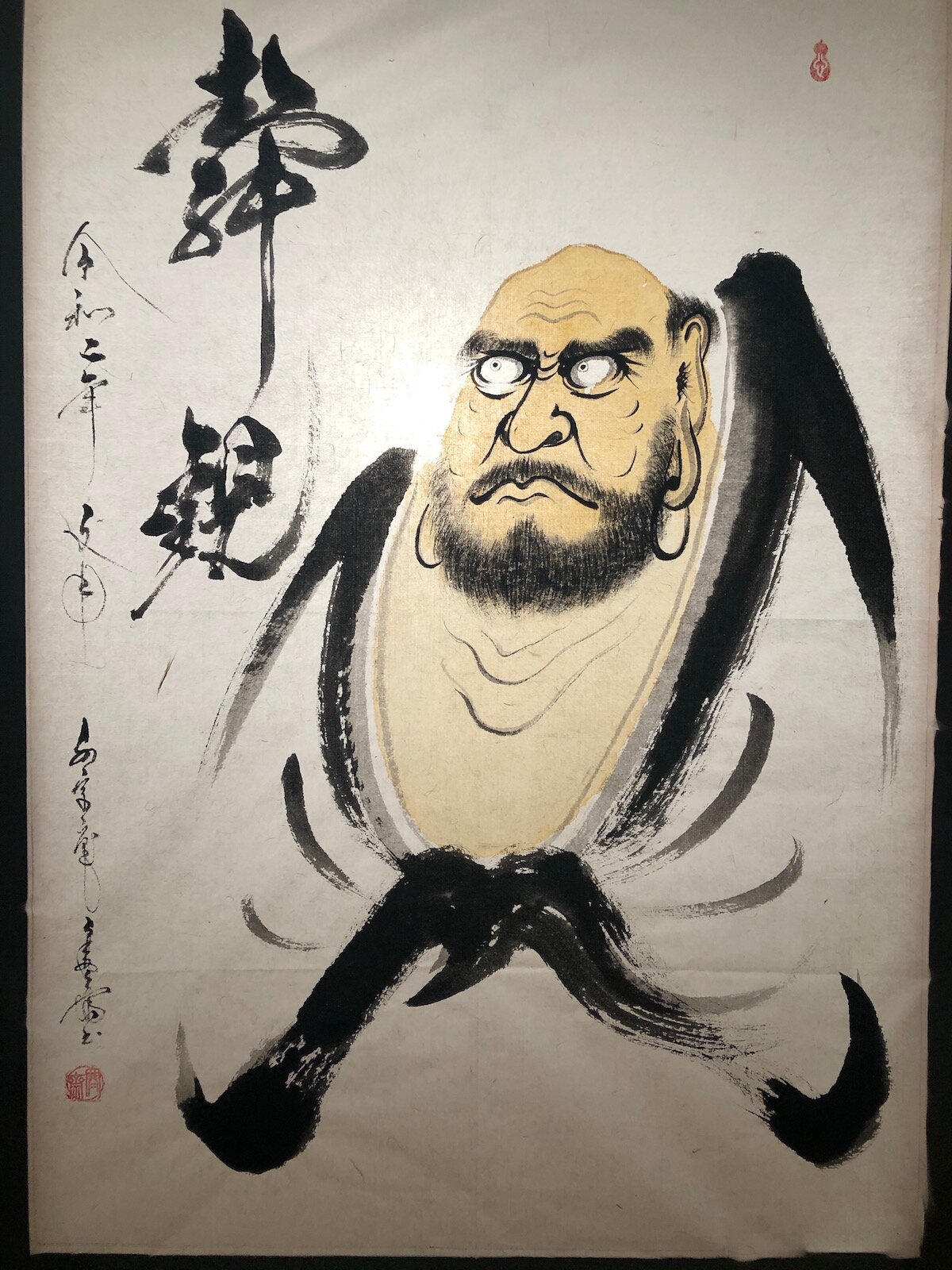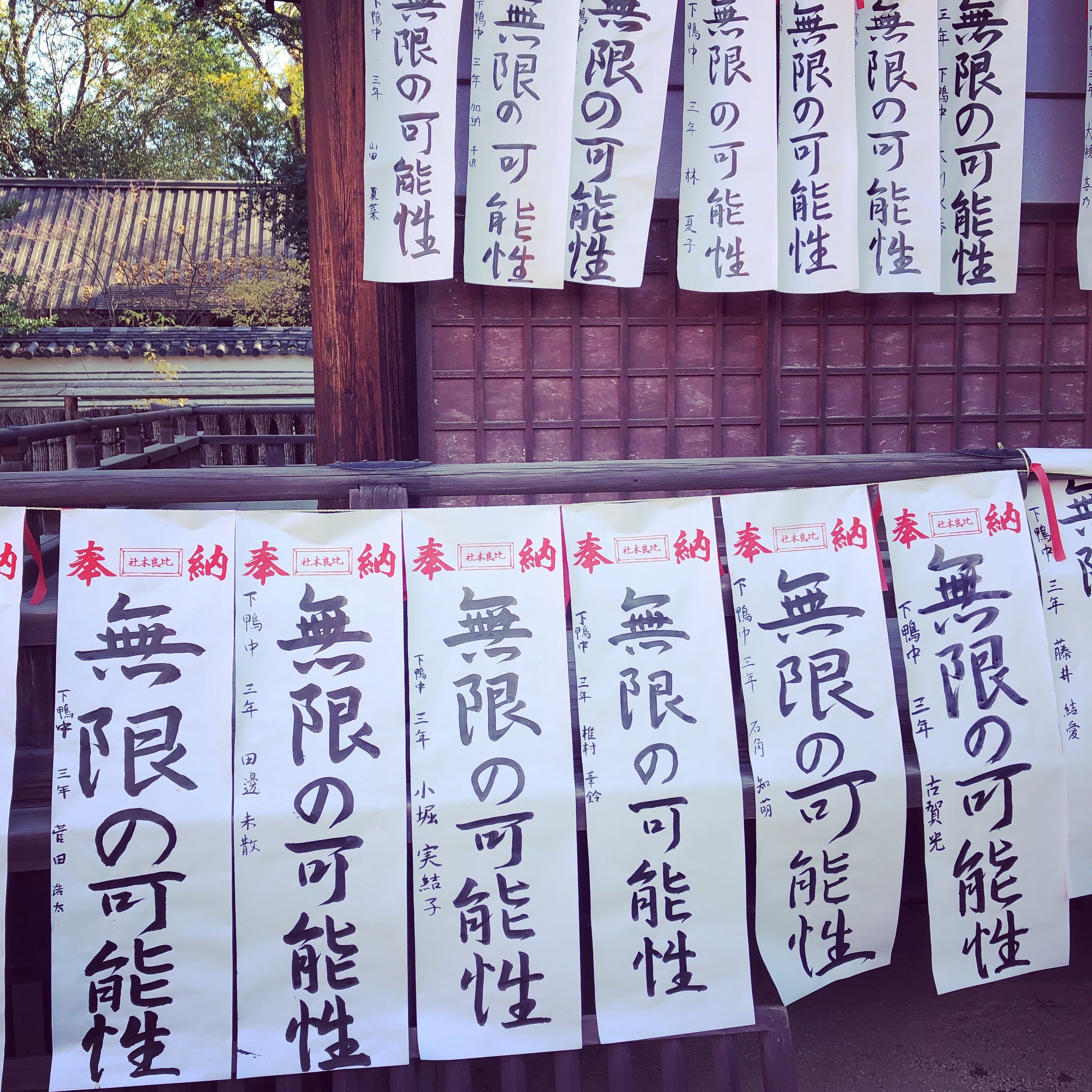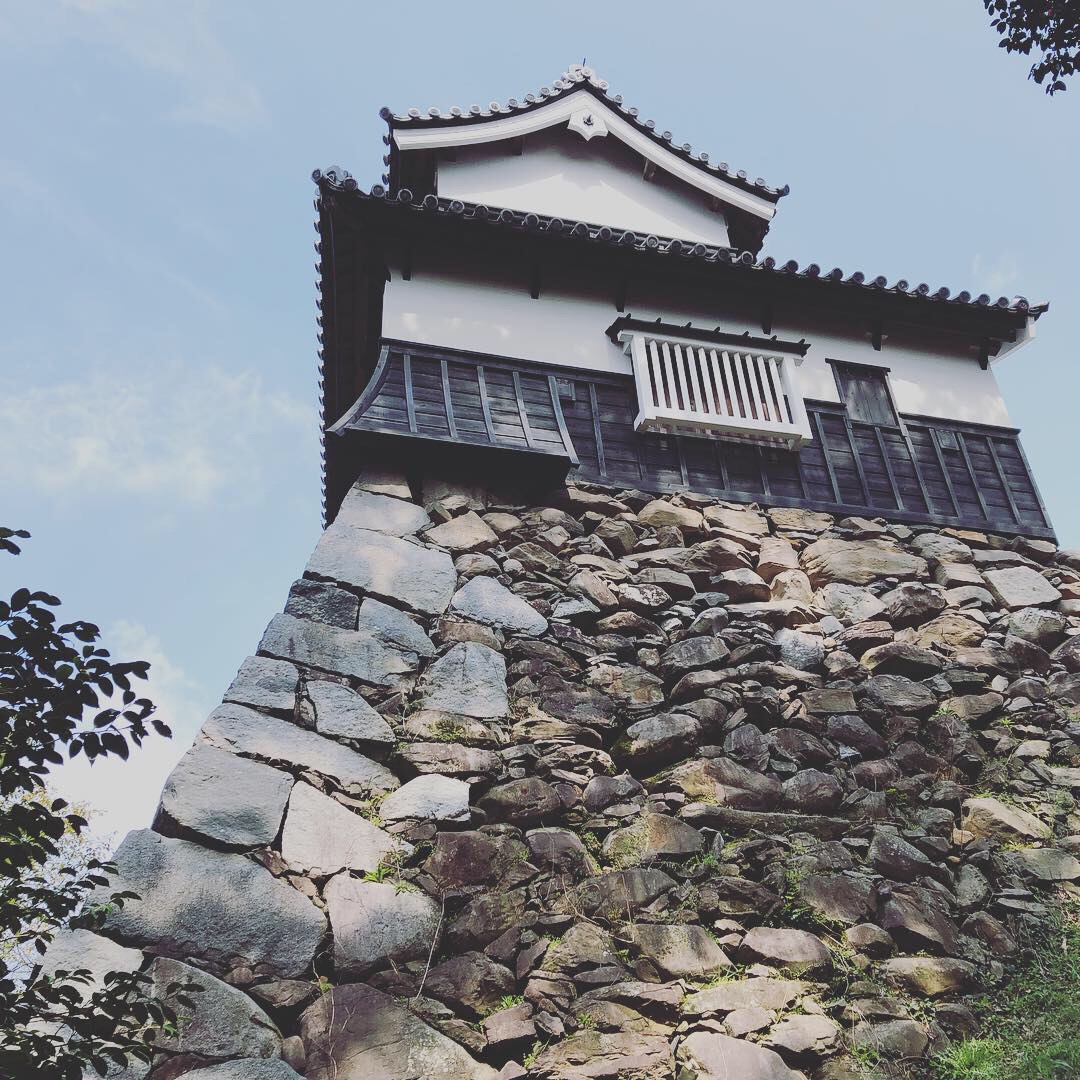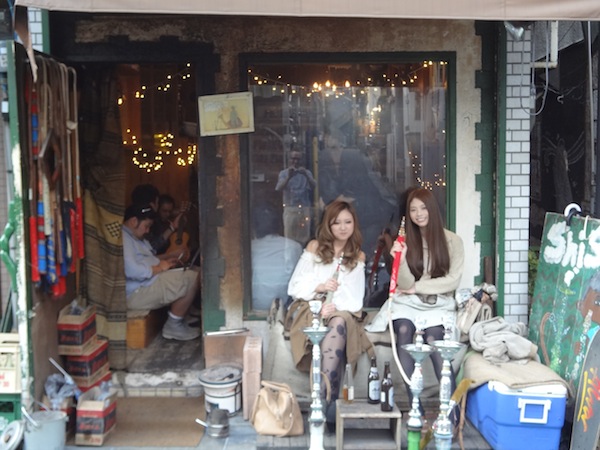Every day I hear Japanese complain, “Eigo-wa muzukashii.” (English is difficult.)
I suppose for non-native speakers of the language, English can be hard to master. This blessed tongue of mine is a hodgepodge of languages—Germanic, Romance and Celtic—making the spelling and grammar a confused mess that is cumbersome for learners and native speakers alike.
BUT! The Japanese language is so much more muzukashii. Our list of irregular verbs and odd spelling rules can NOT even begin to burden a student the way the Japanese writing system hinders foreigners.
Of the more than five thousand different languages out there in the world, the most difficult one to read is Japanese.
It’s not unusual to find a single sentence chockablock with Hiragana, Katakana, Kanji, Rômaji, and even Arabic numerals. While hiragana, katana, and rômaji are straight-forward enough and can be memorized in less than a week, what really makes Japanese so hellish is the fact that unlike the pictograms in Chinese, known as hànzi (漢字) where most characters have one basic reading, almost all Japanese kanji have several possible, often unrelated readings.
Take the kanji for “I”. In Chinese it is pronounced wǒ. In Japanese, however, it can be pronounced a, aré, ga, wa, waré, and waro. The character for “food/eat” 食 is read shí in Chinese, but can be read uka, uke, ke, shi, jiki, shoku, ku, kui, su, ta, ha and so on, depending on context. And while the kanji for “go”, 行 can be read in a number of similar ways in Chinese—xíng, háng, hang, héng—in Japanese it can be read in all kinds of different ways: kô, gyô, okona, yu, yuki, yuku, i, an, and, who knows, possibly more.
Kids in Japan must master 1,006 of the 2,136 different characters, the so-called jôyô kanji,[1] by the end of elementary school and the remainder in junior high school.
Now think about that.
It can take up to nine years of education for a Japanese child to become literate in his own language, far longer than it takes an American to learn how to read English. By comparison, hangul (한글) the Korean writing system can be mastered for the most part in a single day. If you’re determined enough, that is. I taught myself how to read (though not understand) hangul during a trip I took in the mid 90s. Riding on the high-speed train connecting Busan in the south of the country to Seoul in the north, I compared the Romanization of the station names and the Chinese characters with the hangul. By the time I reached Seoul a few hours later, I could read the Korean script. Piece of cake!
No other language offers as overwhelming a barrier to entry as Japanese does when it comes to its writing system. As a result, students of the language are often forced to focus on speaking alone. They cannot reinforce what they learn by, say, reading books or magazine and newspaper articles the way you can with other languages.
If they ever try to do so, however, as I did, they’ll find that written Japanese is a very different animal from the spoken language. Open up any book, even a collection of casual, humorous essays by Murakami Haruki for example, and you’ll bump up against “ーde-aru” (ーである). I hadn’t come across this copula[2] until I started trying to read things other than textbooks and manga.
De-aru, which is just another way of say desu (ーです) but in a more formal and rigid way that is suitable for reports or making conclusions, is only the beginning. (You can learn more about de-aru here.) While I can generally catch almost everything that is being said to me or what is said on TV even when I’m not really paying attention,[3] written Japanese takes concentrated effort to comprehend and sometimes up to three perusals[4] to get a firm grasp on what the writer is trying to convey.
Even if you’re not interested in learning how to read Japanese, just trying to master the spoken language can provide you with years of headaches.
Thinking I could master the language in my first three months or so in Japan, I dove headfirst into my studies almost as soon as I arrived, taking sometimes two to three private lessons a week.
At the time, the selection of textbooks for learners of Japanese was extremely limited. While I had a good set of dictionaries called the Takahashi Romanized “Pocket” Dictionary—the only kind of pockets they would conceivably fit in were the pockets you might find on the baggy pants of a circus clown—the textbook I had to work with couldn’t have been more irrelevant.
Written for engineers from developing countries invited by the government to study and train in Japan, it contained such everyday vocabulary as “welding flux”, “hydraulic jack” and “water-pressure gauge”. The phrases taught in the textbook were equally helpful:
Q: ラオさんは何を持っていますか。
Rao-san-wa nani-o motteimasuka。
What is Rao-san holding?
A: ラオさんはスパナを持っています。
Rao-san-wa supana-o motteimasu
Rao-san is holding a spanner.
In all of my twenty-plus years in Japan, I have never once used this phrase. I haven’t used a spanner or a wrench for that matter, either. Nor have I met anyone named Rao.[5]
But, the biggest shortcoming of the textbook was its desire to have learners of Japanese speak the language politely.
And so, the less casual -masu (−ます) and -desu (—です) form of verbs triumphed. If you wanted to ask someone what he was doing, the textbook taught you to say:
あなたは、なにをしていますか?
(Anata-wa, nani-o shiteimasuka?)
I practiced this phrase over and over: Anata-wa, nani-o shiteimasuka? Anata-wa, nani-o shiteimasuka? Anata-wa, nani-o shiteimasuka? Anata-wa, nani-o shiteimasuka? Anata-wa, nani-o shiteimasuka?
Armed with this new phrase, I accosted a group of children in a playground and asked, “Anata-wa, nani-o shiteimasuka?”
Crickets.
A few months later I was diligently studying Japanese in that most effective of classrooms—a girlfriend’s bed—when I learned that people didn’t really say Anata-wa, nani-o shiteimasuka, especially to children much younger than themselves. No, they said, “Nani, shiteru no?” or something like that, instead.
After about a year of studying the language, I could manage. I certainly wasn’t what I would call fluent, but I was no longer threatened by starvation. When I moved to Fukuoka, however, I bumped up against a new and very unexpected wall: hôgen. The local patois, known as Hakata-ben, is one of the more well-known of Japan’s many bens, or dialects.
When the people of Fukuoka wanted to know what you were doing, they didn’t say anata-wa, nani-o shiteimasuka or even nani, shiteru no. They said, “Nan shiyô to?” (なんしようと) or “Nan shon?” (なんしょん).
Let me tell you, it took quite a few years to graduate from saying “Anata-wa, nani-o shiteimasuka?” to “Nan shiyô to?” And that, of course, was only the beginning. It took me nearly a decade to figure out what 〜んめえ (~nmê) and ばってん (batten) meant.
Example:
博多弁: 雨なら、行かんめーと思うとるっちゃばってん、こん様子なら降らんめーや。
Hakata-ben: Ame-nara, ikanmê to omôtoruccha batten, kon yôsu nara, furanmê ya.
標準語: 雨なら行くまいと思ってるのだが、この様子だと雨は降らないだろう。
Standard: Ame nara, ikumai to omotteru-no daga, kono yôsu dato, ame wa furanai darô.
English: I was thinking of not going if it rained[6], but it doesn’t look like it’s going to rain (after all).
My Japanese grandmother would say something like, “Anta, ikanmê” (you aren’t going, are you) to which I’d grunt, “Un” (that’s right), when in fact I had every intention of going. The poor woman and I had conversations like that all the time.[7] When I finally figured that one out it was as if the scales had fallen from my eyes. Day-to-day life here has contained fewer misunderstandings ever since. ばってん (batten), by the way, means “but”.
My experience with Hakata-ben has spawned a masochistic interest in Japanese dialects in general and I have been maintaining a blog on the topic for the past few years. Have a look-see!
Anyways, the long and short of it is that while English is no cakewalk, it’s still much easier to learn than many other languages, such as Japanese. So, the next time you hear your students grumbling about how difficult English is, just tell them, “Oh, shuddup.” Or better yet, tell them “Shekarashika!”

